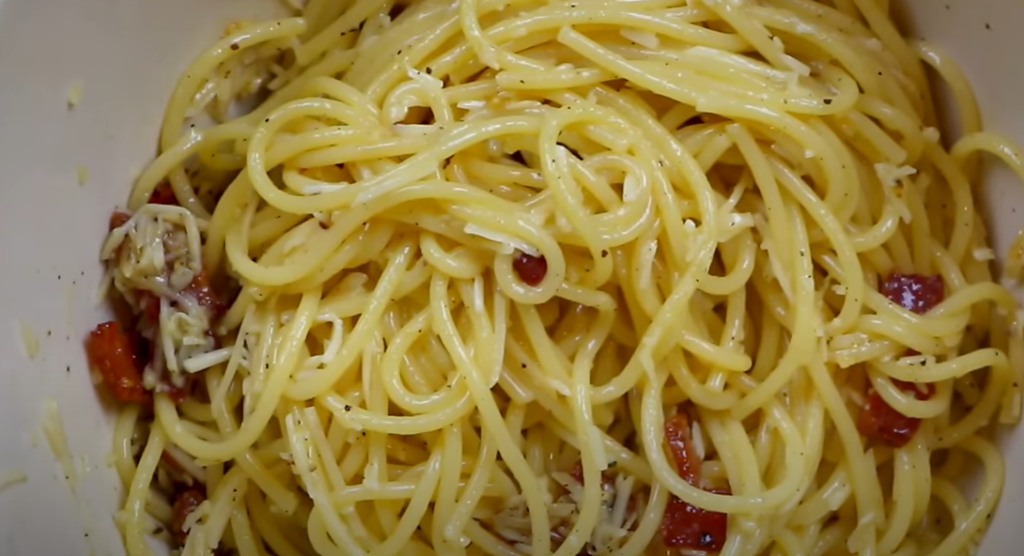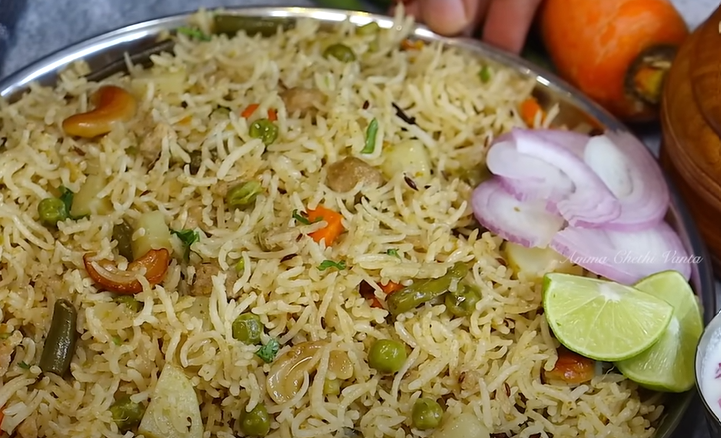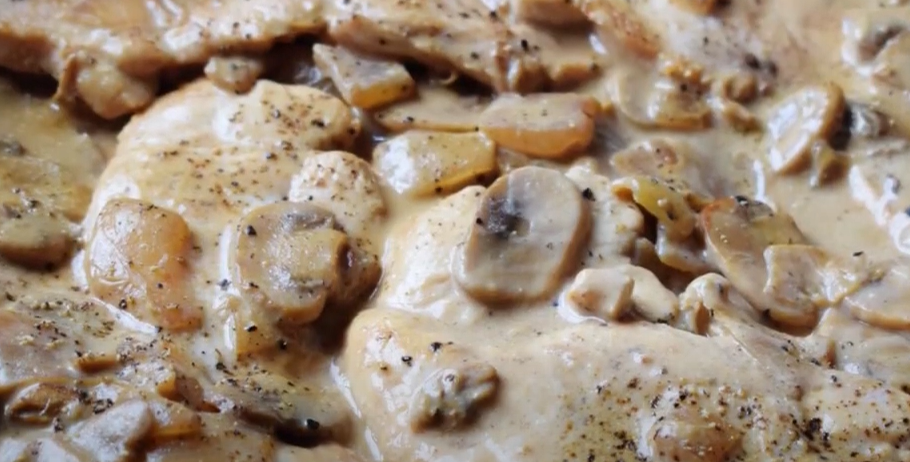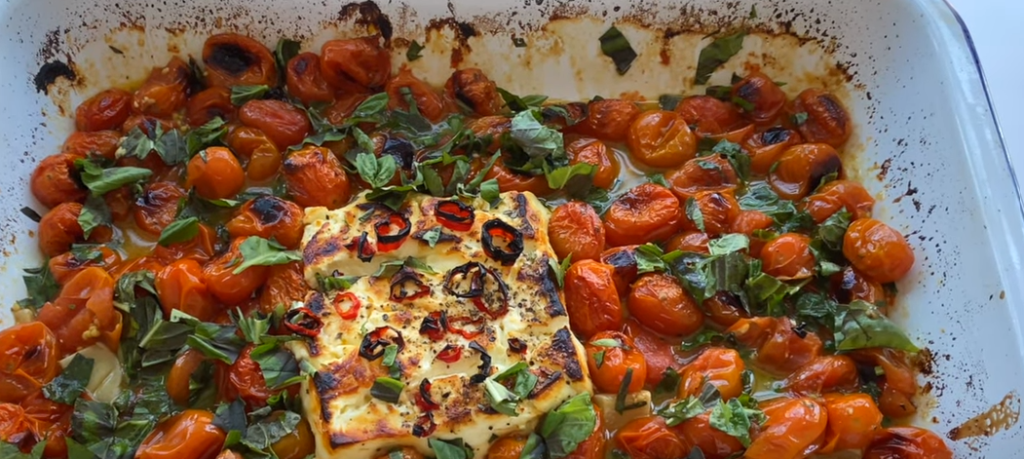Introduction
Celeriac, often overlooked in the vegetable world, emerges as an unsung hero with its knobbly appearance and peculiar shape. Despite lacking the glamour of a supermodel, celeriac compensates with a remarkable flavor profile and unparalleled versatility. Whether roasted, mashed, or transformed into chips, this humble root vegetable adds a gentle, nutty warmth that elevates any dish. In this culinary exploration, we reimagine the classic carbonara, infusing it with a fresh and zingy makeover using the distinctive qualities of celeriac.

The Unique Flavor Journey of Celeriac
Unveiling the Delicate Creaminess
Celeriac takes center stage in our revamped carbonara by contributing a delicate creaminess. The vegetable is meticulously cooked in milk, accompanied by aromatic herbs, resulting in a dreamy white sauce that lovingly envelops the spaghetti. This newfound creaminess, a marriage of celeriac, milk, and herbs, introduces a subtle yet transformative element to the traditional carbonara.
Crafting the Silkiest Carbonara
Acknowledging the classic elements, eggs, and Parmesan, we ensure the carbonara maintains its authenticity. The celeriac, in collaboration with these staples, culminates in the silkiest carbonara one could ever experience. The harmonious blend of flavors creates a luxurious texture that promises to delight the palate.
Ingredients for Culinary Alchemy
- Celeriac Elegance
- 300 g celeriac, peeled and cubed
- 250 ml milk
- 1 bay leaf
- 1 sprig oregano
- 12 pink peppercorns
- 1/4 tsp. salt
- Carbonara Essentials
- 3 eggs
- 80 g Parmesan, finely grated
- 1 tsp. finely chopped flat-leaf parsley
- Zest of 1/2 lemon
- Perfecting the Pasta
- 220 g spaghetti
- 1 tbsp. olive oil
- 3 garlic cloves, crushed
Culinary Symphony: Crafting the Celeriac Carbonara
Step 1: Celeriac Infusion
In a small pan over medium heat, embark on the celeriac’s transformational journey. Combine celeriac, milk, bay leaf, oregano, pink peppercorns, and salt. Stir and simmer for 10-12 minutes until the celeriac achieves a tender state.
Step 2: The Velvety Puree
With precision, use a food processor or hand blender to transform the cooked celeriac into a velvety puree. Set aside this creamy masterpiece for later use.
Step 3: Carbonara Base
In a bowl, crack the eggs, add Parmesan, parsley, and lemon zest, whisking until a harmonious union is achieved. Simultaneously, bring a generously salted pot of water to a boil. Add spaghetti and cook two minutes less than the packet instructions.
Step 4: Aromatic Prelude
In a separate frying pan over medium heat, infuse the olive oil with the gentle sizzle of crushed garlic for 1-2 minutes. The objective is to warm the oils and cook the garlic without browning or burning.
Step 5: Culinary Choreography
Introduce the reserved celeriac puree to the aromatic garlic, stirring and warming through for 2 minutes until bubbles emerge. As the pasta nears perfection, add 2 tablespoons of pasta water to the egg mix, a crucial step to temper the eggs and prevent scrambling.
Step 6: Culmination of Flavors
As the spaghetti reaches its optimal texture, transfer it into the frying pan with tongs, ensuring a thorough toss in the sauce. Remove from heat and incorporate the egg mix, stirring until the puree and egg meld into a glossy, white sauce that lovingly coats the pasta.
Presentation and Enjoyment
Serve this culinary masterpiece immediately, garnishing with an extra sprinkle of Parmesan and a drizzle of olive oil. The result is a symphony of flavors and textures that pay homage to the classic carbonara while introducing the subtle yet transformative touch of celeriac. Elevate your dining experience with this reinvented dish that showcases the true versatility and magic of celeriac in the culinary realm.




